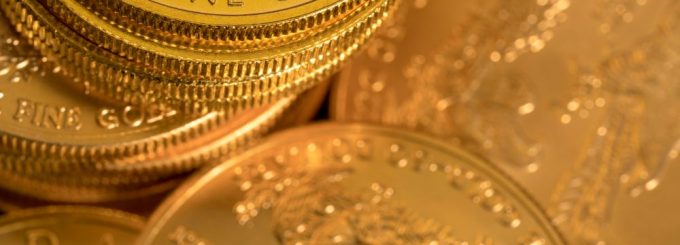Understanding Gold Coin Premiums

Before shopping for gold coins, whether in a physical store or online, it is essential to understand the premiums. These premiums are the reason why 2 bullion gold coins that have the same amount of silver or gold within them are priced differently. When you buy from most dealers, the price you pay will be higher than the spot price, regardless of whether you’re getting gold, silver, palladium or platinum.
Why Do Premiums Exist?
One obvious reason is because dealers need to make a profit. For them it makes little sense to sell their precious metals at the spot price. And of course, if you order online, you might have to cover shipping costs as well. But aside from that, every coin contains a specific amount of metal. Some people feel that as a consequence all the prices should be uniform, but things aren’t this simple.
The premium is the extra cost for bullion coins beyond its market value. While the specific amount will differ daily and from one coin to another, the highest cost is a reflection of manufacturing, administration and distribution costs which are placed on the refiner and mint that are responsible for producing the coin, along with the standard markup that dealers will use to turn a profit. These extra costs will be added as a coin moves through the chain of distribution. The same is true for other industries, whether it involves automobiles or tools.
The Importance of Supply And Demand
There are many different types of one ounce gold coins on the market, and the demand for some might be higher than others, despite the fact that both use the same amount of metal. Coin availability has a tendency to ebb and flow over time. For example, on a given day one ounce gold Canadian Maple Leafs might be widely available in a given area, and then on a different day there could be shortage. This shortage would cause prices to rise, at least until enough were available that prices would return closer to gold’s spot price.
As the years go by, some coins will become rarer than others. Gold coins which are more than 100 years old tend to be some of the rarest and ancient coins are even rarer still. As a consequence these pieces become highly sought after collector’s items that command prices which are much higher than the base metal from which they are made. And with this higher demand comes higher premiums. A rare coin that sells for $50,000 will almost always carry a premium which is higher than a coin that sells for 1/10 that amount.
Whether you intend to buy gold coins for collector or investment purposes, it is important to become a savvy and educated consumer. No smart collector or investor pays more than a coin is worth, and there are a lot of unscrupulous dealers out there who will be quick to take advantage of novice coin collectors, selling them coins that are overpriced. By acquiring knowledge of a specific coin you will know what asking price is reasonable and which isn’t.


